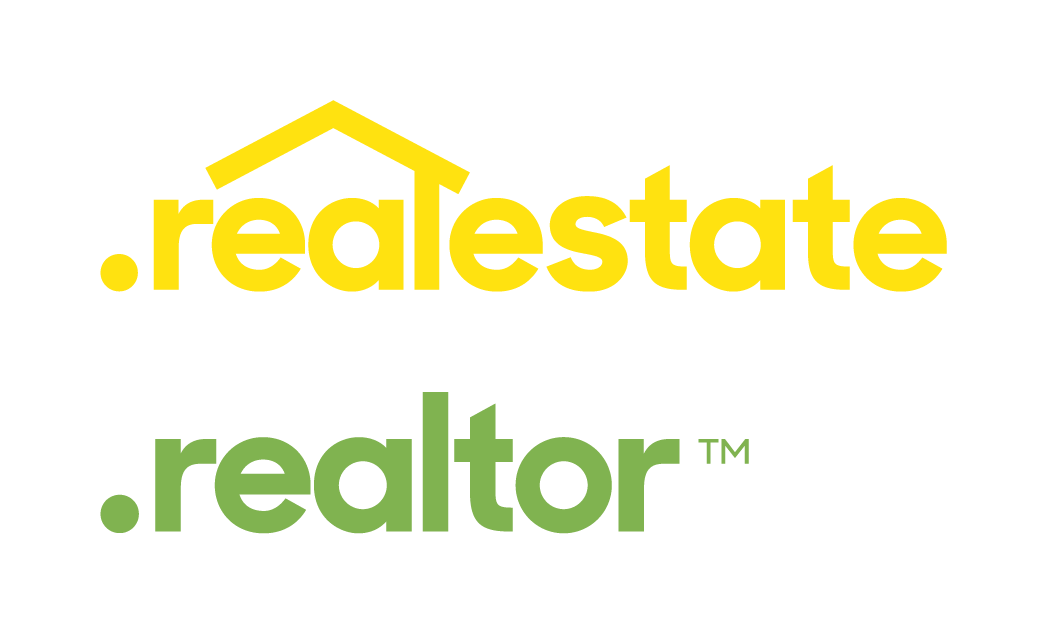The Relationship Between Property Taxes and School Funding

Property taxes and school funding are essential for ensuring educational equity and opportunity for millions of students nationwide, not just financially. Exploring property taxes' funding of schools reveals an extensive system of revenue collection, allocation, and utilization that forms the foundation of our educational system.
Let's uncover the challenges, benefits, and strategies for addressing funding disparities to ensure every student can access a quality education.
Key Takeaways
- Property taxes are a cornerstone of public education funding in the US, ensuring educational equity and opportunity for all students.
- Challenges such as funding inequities and taxpayer burdens accompany the reliance on property taxes for school funding.
- Addressing disparities requires a multifaceted approach, including state-level initiatives, equitable allocation methods, and community engagement.
- Prioritizing educational equity and advocating for fair funding systems can lead to a brighter future for every student.
How Property Taxes Fund Schools
Understanding how property taxes fund schools involves exploring the process of collection, allocation, and utilization of these funds.
-
Local Revenue Source
Property taxes are primarily collected at the local level by municipalities, counties, or school districts. Homeowners and property owners within a specific jurisdiction contribute to these taxes based on the assessed value of their properties. These taxes are then aggregated to form a substantial portion of the local government's revenue stream.
-
Allocation to School Districts
Within a jurisdiction, property taxes are gathered and distributed to school districts in accordance with local rules. While some regions fund all of the public schools in the area through county or city channels, others have separate school districts.
-
Variability in Property Values
Property taxes on school funding can exacerbate funding inequities, perpetuate poverty cycles, and lead to low property values or declining real estate markets. This can cause revenue struggles, program cuts, and resource cuts, limiting educational success.
-
Stability of Revenue
Property taxes provide a steady and predictable revenue stream that supports operations and programs, allowing school districts to more effectively plan and budget.
-
Local Control and Accountability
Local residents can affect how their taxes are allocated, and property taxes provide a sense of local accountability and control over school finance. Citizens can influence financial decisions by participating in local elections and democratic procedures, and local governments and school boards are answerable to these citizens.
-
Supplemental Funding
Property taxes are a significant source of school funding, but state aid, federal grants, and local fundraising efforts often supplement them. These supplemental funds can help bridge funding gaps and provide additional resources to support educational programs and initiatives.
Benefits of Using Property Taxes for School Funding
Utilizing property taxes as a primary source of funding for public schools offers several significant benefits that contribute to the stability and effectiveness of educational financing:
-
Local Control and Accountability
Property taxes empower local communities to influence education funding decisions, allowing them to participate in local elections and meetings. This sense of ownership fosters accountability among school districts and ensures resources align with community priorities.
-
Stability of Revenue
Taxes offer school districts a stable and reliable revenue source, providing a predictable stream of funds for ongoing operations, programs, and initiatives. Unlike other forms of taxation, property taxes are less susceptible to economic fluctuations, making them a dependable funding source even during economic uncertainty.
-
Direct Connection to Community Needs
Property taxes collected and spent locally align community needs with educational fund allocation, enabling school districts to respond to unique community challenges and opportunities by tailoring programs and initiatives to address local priorities and concerns.
-
Flexibility in Budgeting
Property tax revenue enables school districts to plan and budget for short-term and long-term needs. This approach enables strategic investments in infrastructure, technology, personnel, and resources, allowing flexibility and fiscal responsibility.
-
Local Economic Development
Investing in education through property taxes can contribute to local economic development by enhancing the quality of the workforce and attracting businesses and families to the area. Well-funded schools can create a vibrant community where residents are more likely to thrive economically and socially.
-
Community Engagement and Support
Reliance on property taxes for school funding fosters a sense of community engagement and support for education. Residents recognize the importance of investing in their community's future through strong, well-funded schools. They are more likely to support initiatives to improve all students' educational outcomes.
Challenges and Criticisms
Property taxes are a significant funding source for public schools, but their reliance on this revenue can pose challenges and criticisms that affect educational equity and access.
-
Funding Inequities
Taxes for school funding perpetuate funding disparities between affluent and less affluent areas. High-value communities generate more revenue, leading to better-funded schools with advanced facilities and technology. At the same time, areas with lower property values struggle to secure adequate funding, resulting in educational disparities.
-
Taxpayer Burden
Property owners are the primary beneficiaries of property taxes, which are used to fund public education. Rapid increases in property values or tax rate changes can strain homeowners, especially those with fixed incomes or limited resources. This can lead to dissatisfaction and resistance to further increases in property taxes, even if necessary for educational support.
-
Dependence on Local Wealth
Property taxes for school funding can exacerbate funding inequities and perpetuate poverty cycles by relying on local property wealth. This leads to reduced revenue, programs, and resource allocation, widening the income gap between affluent and less affluent communities.
-
Impact of Property Tax Caps
Property tax caps, designed to control tax increases and provide relief to homeowners , can have unintended consequences on school funding. They limit property tax revenue growth, making it difficult for school districts to meet rising costs and demands.
-
Legal Challenges and Equity Concerns
Property taxes for school funding have been a subject of legal challenges and equity concerns, particularly regarding funding disparities between wealthy and less affluent districts. Court cases have highlighted the need for more equitable funding systems, but addressing these inequities requires dealing with complex legal and political landscapes.
Addressing Inequities in School Funding
Addressing school funding disparities is essential to guaranteeing all students equal access to high-quality education and success. There are several strategies and initiatives aimed at promoting educational equity and leveling the playing field:
-
State-Level Funding Initiatives
Many states have implemented state-level funding initiatives, such as providing additional funding to districts with lower property values or higher socioeconomic needs. State-level funding initiatives can help level the playing field and promote educational equity by providing targeted support to districts facing the greatest challenges.
-
Funding Formulas and Equitable Allocation
States use funding formulas and equitable allocation methods to distribute state funding to school districts based on student population, socioeconomic status, and local property wealth. The formulas aim to ensure equitable resource allocation, considering district needs and challenges, thereby prioritizing equity in funding allocation for all students.
-
Education Grants and Programs
Federal and state governments provide grants and programs to support schools in underprivileged areas or with unique needs, aiming to bridge the income gap between affluent and less affluent districts. These initiatives ensure all students have access to essential educational resources and opportunities, promoting educational equity for all students.
-
Research and Data Analysis
Research and data analysis can reveal the causes of funding disparities and guide efforts to address them. By analyzing funding allocation trends, resource distribution, and student outcomes, policymakers and educators can identify areas of need and develop targeted interventions for equity.
Conclusion
Property taxes are essential in funding public education in the US, providing educational equity and opportunities for millions of students. However, they also present challenges like funding inequities and taxpayer burdens. Addressing these disparities requires a multifaceted approach, including state-level initiatives, equitable allocation methods, education grants, community engagement, and data-driven research. Prioritizing educational equity and advocating for fair funding systems can lead to a brighter future for every student.
FAQs
What factors might lead to resistance to property tax increases?
Homeowners may resist property tax increases due to concerns about affordability, especially if they perceive inadequate benefits or if taxes outpace income growth.
What alternatives do school districts have when faced with property tax caps?
School districts may seek alternative funding sources, implement budget cuts, or explore creative solutions to maintain educational quality within budget constraints.
How can I get involved in community engagement for school funding equity?
You can participate in local meetings, join advocacy groups, or volunteer with organizations working on education equity initiatives.


















